Ore Deposits
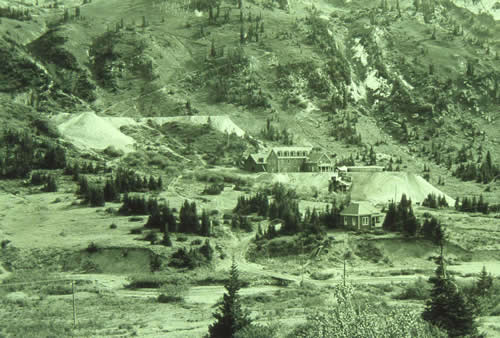
Today millions of tons of high grade lead-silver ore probably lies hidden beneath the surface at Alta. Many of the largest ore bodies at Alta were cut-off by high angle faults, and the faulted-off portions of these deposits were never found. Somewhere in the archives of old mining companies are clues to where these deposits […]
Ore Deposits
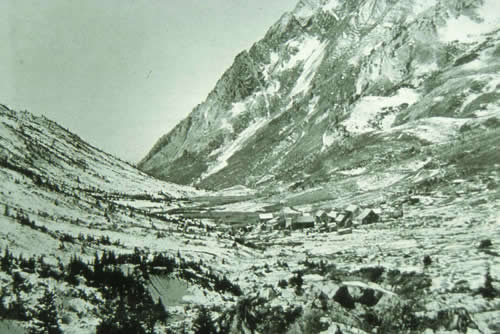
The most dramatic visible effect on mining in Little Cottonwood Canyon was the removal of all the trees. A fire that started in downtown Alta in 1878 further decimated the tree population. Although mining is generally blamed for the logging of the canyon, the harvest of logs for houses in the Salt Lake Valley began […]
Ore Deposits
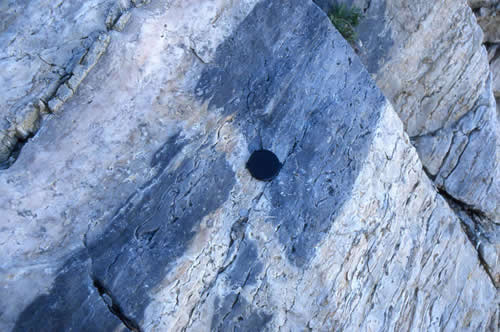
The rock surrounding the ore bodies at Alta is largely composed of limestone, which neutralizes acid generated by pyrite and other minerals in the ore bodies. Because of this, ground water at Alta is essentially pure with little or no metallic contaminants (think about that before you buy bottled water at Alfs). Hydrothermal solutions transporting […]
Ore Deposits
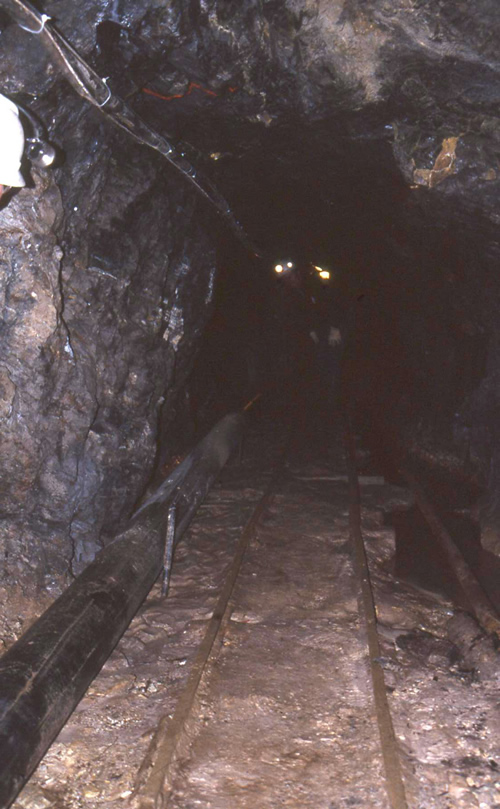
Mining and mineral development has had lasting effects on Little Cottonwood Canyon. The railroad to Alta was constructed in 1875. The line was built from the mouth of the canyon to Tanners Flat in about two months, accelerated by the availability of Chinese laborers left idle by completion of the transcontinental railroad at Promontory Point […]
Ore Deposits

Between 1867 and 1940 the Big and Little Cottonwood mining districts produced: 17,000,000 ounces of silver: $16,000,000 30,000 ounces of gold: $650,000 238,000,000 lbs of lead: $14,000,000 16,000,000 lbs of copper: $3,000,000 1,800,000 lbs of zinc: $120,000 Total: $33,770,000-1940 dollars Thats pretty small potatoes when compared with the Mother […]
Ore Deposits
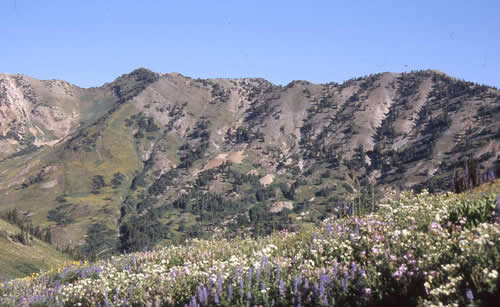
As the Alta Stock began to cool an enormous volume of super heated water developed within and near the top of the magma body. This hydrothermal fluid transported lead, silver and other minerals, depositing them in fractures and receptive rock layers in the sedimentary rocks, forming the bonanza lead-silver deposits of the Little Cottonwood Canyon […]
Ore Deposits
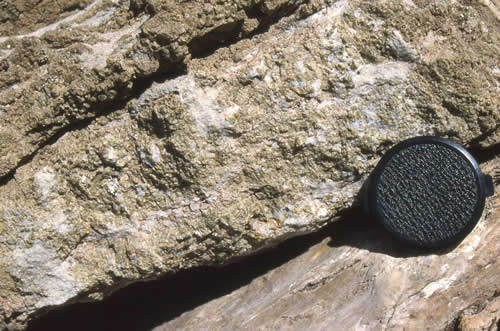
Right around the Alta Stock the heat was so intense that elements of the limestones were reorganized and recrystallized into new skarn minerals. Many new minerals were formed in this environment. Fine-grained bands of garnet are visible in outcrops in Grizzly Gulch and along the summer trail to Catherines Pass. Grossularite garnets in skarn from […]
Ore Deposits
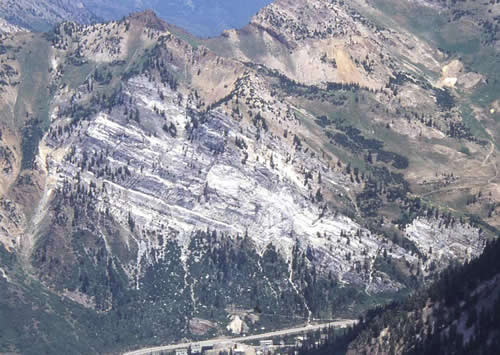
The invasion of the Alta Stock had a dramatic affect on the enclosing sediments. The heat of the stock recrystallized much of the limestone, forming tan to white marble. Marble forms the sandy soil near the end of the traverse into Catherines Area and much of the cliff-forming outcrops beneath the Supreme Chair and at […]
Tertiary
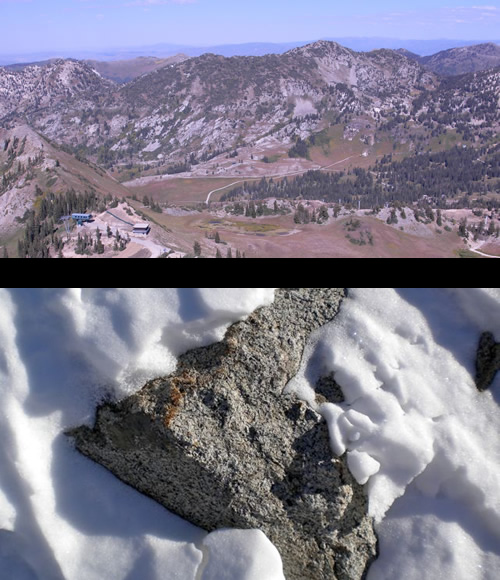
The older sedimentary rocks were intruded (invaded) by a molten mass of magma deep in the earths crust approximately 35 million years ago. These rocks, called the Alta Stock, have the classic granitic salt and pepper texture and are compositionally a granodiorite, an igneous rock similar to granite but with more calcium, iron and magnesium. […]
Paleozoic
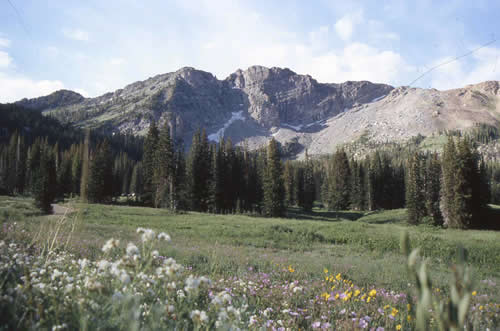
Overlying the Ophir Shale are a series of limestones spanning an enormous period of geologic time. These rocks are major cliff formers at Alta, forming Devils Castle, Supreme Bowl, much of Catherines Area, Westward Ho, Collins Face, High Rustler, Eagles Nest and Hellgate Cliffs. These limestones were formed in shallow, crystal clear water in the […]
